Stepper Motor Commissioning Guide: Key Steps to Achieve Precise Control. The purpose of this article is to provide the reader with a brief guide on stepper motor commissioning, detailing the key steps in the commissioning process.
By following these steps, you can ensure precise control of stepper motors in real-world applications.
Stepper Motor Commissioning Guide: Key Steps to Achieve Precise Control
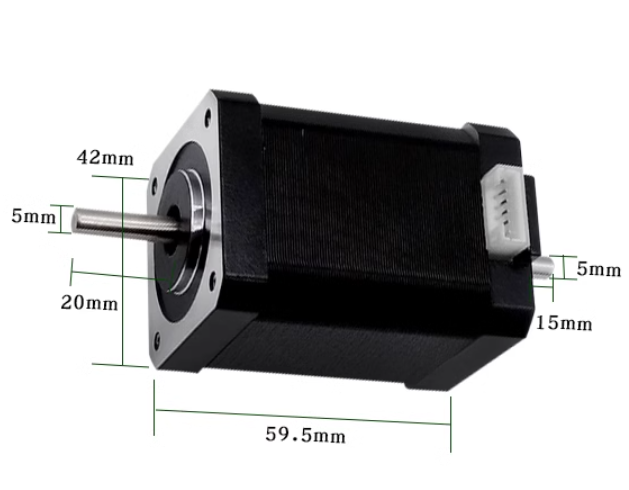
Stepper Motor Commissioning Guide: Key Steps to Achieve Precise Control – New high quality motor – 42 stepper motor – height 60mm – torque 0.89Nm nema 17 stepper motor
First, Introduction
Stepper motors are widely used in various automatic control systems and equipment, such as printers, CNC machine tools and robots. In order for stepper motors to meet the needs of different application scenarios, it is essential to debug them correctly. This article will detail the key steps of stepper motor commissioning to help you achieve precise control of your motor.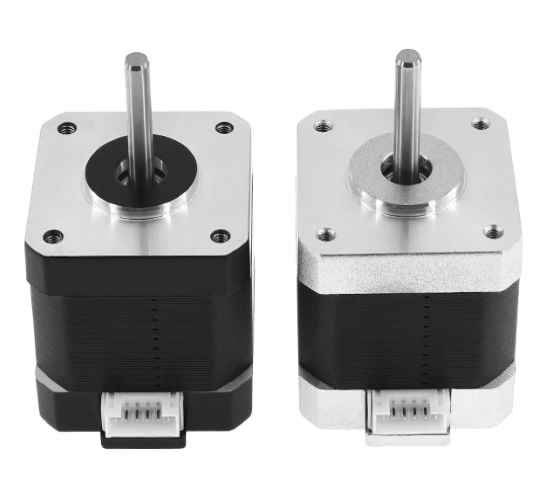
42 stepper motor 38mm height micro motor 17HS4401 two-phase four-wire engraving machine writing machine neam17 stepper motor
Second, the key steps of stepper motor debugging
1. Preparation
Before starting commissioning, make sure that you have properly installed the stepper motor, drive, and controller and completed the wiring according to the relevant manual. Also, have the tools you need for debugging, such as multimeters, oscilloscopes, and programming software.
2. Parameter setting
According to the actual application requirements, set the relevant parameters of the stepper motor. Including step angle, microstep subdivision, current limit, etc. These parameters will affect the speed, steering and accuracy of the motor.
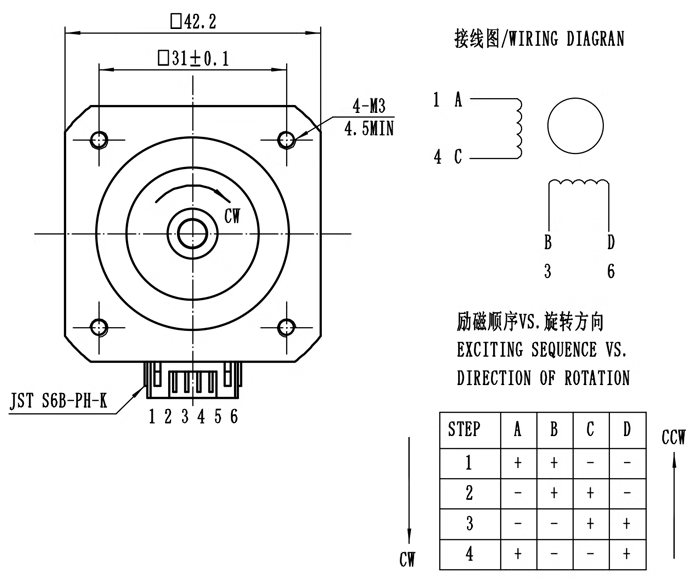
NEMA 17 torque 0.89Nm 42 stepper motor wiring diagram
3. Current adjustment
Adjust the output current of the stepper motor driver to ensure that the motor does not overheat or overload during operation. Refer to the rated current parameters of the motor and drive to avoid setting the current too high or too low.
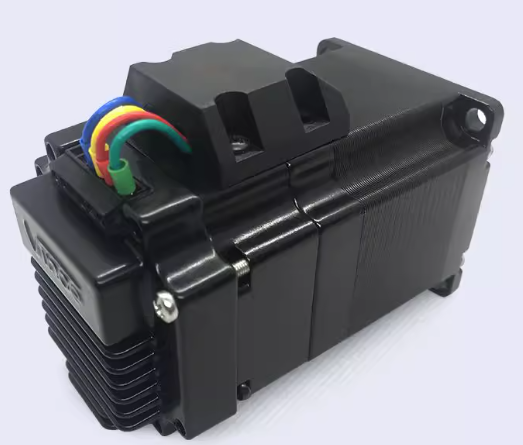
NEMA 23 Closed-Loop Stepper Motor and Drive Control Kit – NEMA 23 stepper motor with encoder
4. Speed adjustment
According to the actual application needs, adjust the speed of the stepper motor. During the adjustment process, it is necessary to balance the relationship between speed and torque to avoid motor step loss due to high speed. 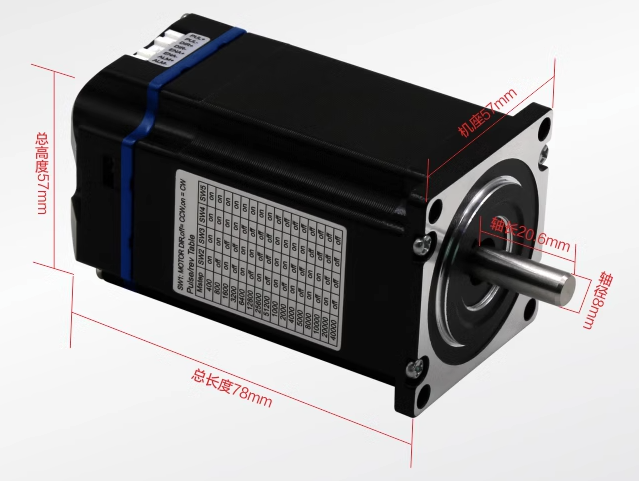
57mm integrated open-loop stepper motor and drive 1.2Nm 2Nm – NEMA 23 all-in-one open-loop stepper motor
5. Direction control
Set the steering control signal of the stepper motor to ensure that the motor operates in the expected direction. If necessary, the steering switching function can be set in programming so that the steering can be adjusted in real time during operation.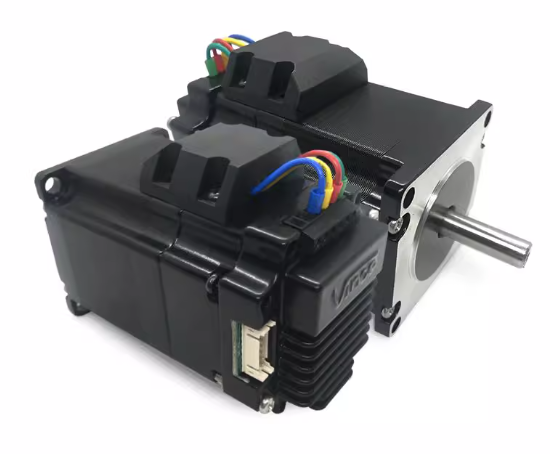
485 Control 57mm NEMA 23 Stepper Servo Motor Drive Control All-in-One with Encoder
6. Position control
By setting the number of pulse signals, precise position control of the stepper motor can be realized. During commissioning, make sure that the pulse signal sent to the motor matches the actual moving distance.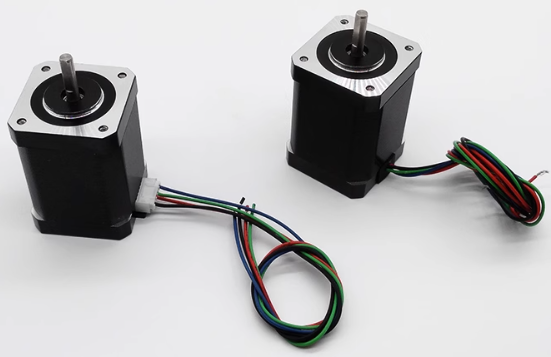
0.89Nm nema 17 stepper motor
7. System test
After completing the above steps, the entire stepper motor system is tested. When testing, please pay attention to the running stability, noise, temperature rise and other indicators of the motor. If you find a problem, please adjust the relevant parameters in time and test again.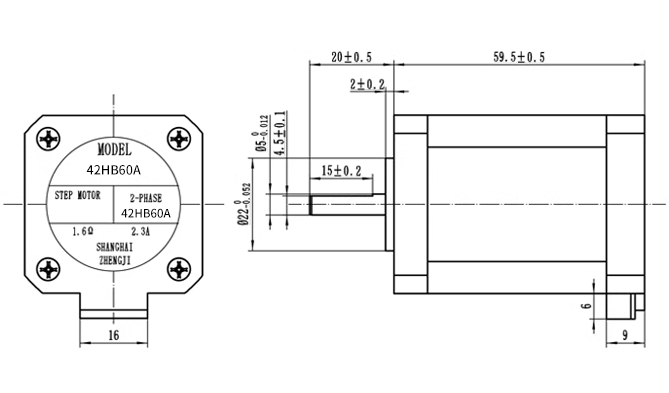
0.89Nm 42mm stepper motor flange size NEMA 17
8. Application tuning
In practical application scenarios, you may need to further optimize the stepper motor system according to your specific needs. Here are some suggestions to help you achieve optimal performance:
(1) Microstep subdivision adjustment: adjust the microstep subdivision setting according to the actual application requirements for accuracy. Higher subdivision values will improve position accuracy, but may reduce torque output.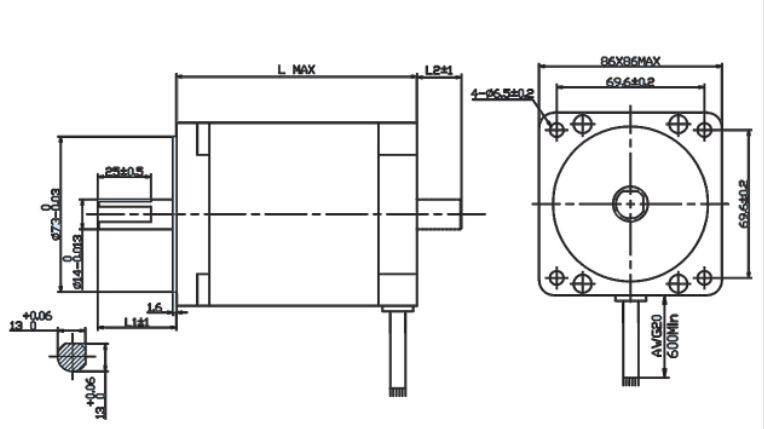
1.8 degree NEMA 17 stepper motor – 42 stepper motor
(2) Speed and acceleration adjustment: according to the actual load and motion requirements, adjust the maximum speed and acceleration of the motor. Proper settings will help improve the operational efficiency and stability of the system.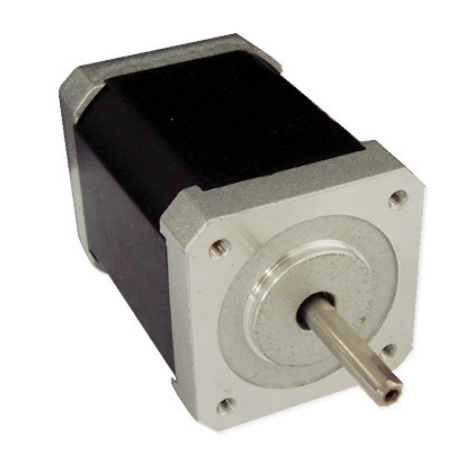
42BYG1.8 degree NEMA 17 stepper motor F series 42 stepper motor 60mm
(3) Drive voltage adjustment: check whether the input voltage of the driver meets the rated voltage requirements of the motor and driver. The proper voltage will help improve the performance and efficiency of the motor.
(4) Load balancing: ensure the force balance between the stepper motor and the load, and avoid step loss and vibration caused by uneven force.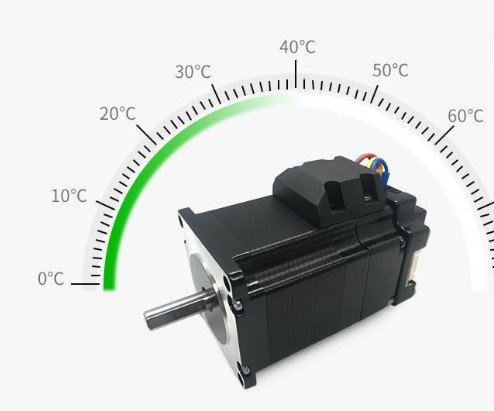
NEMA 23 Miniature Closed-Loop Stepper Motor Drive Control All-in-One Kit – NEMA 23 stepper motor with encoder
(5) Damper installation: In some application scenarios, it can be considered to install dampers to reduce vibration and noise.
(6) System monitoring and maintenance: regularly monitor the operating status of the stepper motor system, and adjust the abnormal situation in time. At the same time, regular maintenance is carried out to ensure the long-term stable operation of the system.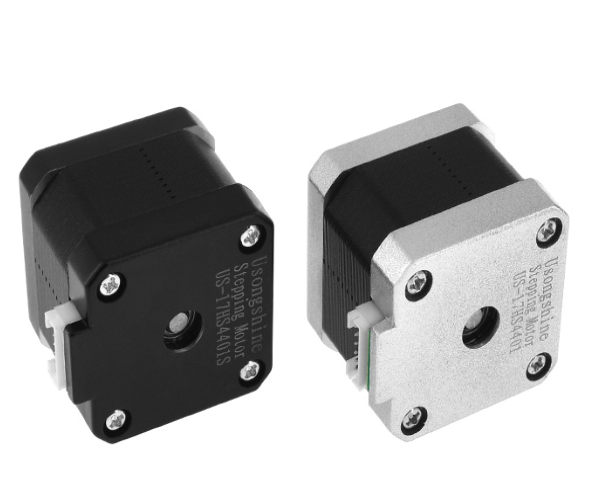
42mm two-phase four-wire neam17 stepper motor
With these tuning measures, you can optimize the stepper motor system according to the actual application needs to achieve the best performance. Please note that during commissioning and tuning, it is important to follow the relevant safety specifications to ensure the safety of personnel and equipment.

